Teaching students the importance of resolving conflicts, COM 102 teacher Henry Castillo gave students the opportunity to “dress rehearse” issues they might face. Students were able to create and perform their own conflict situations using real world events.
“Leading to this conflict potluck, students had been focusing on romantic relationships and platonic relationships,” Castillo said. “Research suggests that conflict most often happens within those two relationship types. So to help them better understand conflict, rather than simply giving students a test, I had my students act out these scenarios and go through the entire conflict resolution process, which I think will be way more beneficial for them long term.”
Groups included steps of the conflict resolution process in their presentations. To further simulate real life arguments, Castillo required all students to bring a food item for the class to share so the scenario was more realistic.
“I started the presentation by introducing each group’s conflict scenario that they made up,” Castillo said. “The amount of creativity my students put into their skits was incredible, some of the scenes took place over dinner, in the workplace, at school or at a party. It makes the class period super engaging and even more fun.”
Each group had 12 minutes to present their conflict situation while the rest of the class listened, ate and took notes. Along with including all steps of the conflict resolution process, students had to take a stance on a specific character role.
“It is our job as a group to show all of these characters (the instigator, sheepish character, mediator and intellectual) in our skit and have them work together to get our problem resolved.” senior Konstantina Dimitrova said. “I thought it was exciting to take on a character that was completely different from my personality. ”
Castillo is pleased with his students’ performances and feels confident about their ability to settle conflicts among peers.
“The best thing about this project is seeing students committed, engaged and having fun,” Castillo said. “Instead of just seeing students buried into their chromebooks, I see them engaged in the conversation and I see them make a more meaningful attempt at a process that I think we should all know, which is the conflict resolution process.”

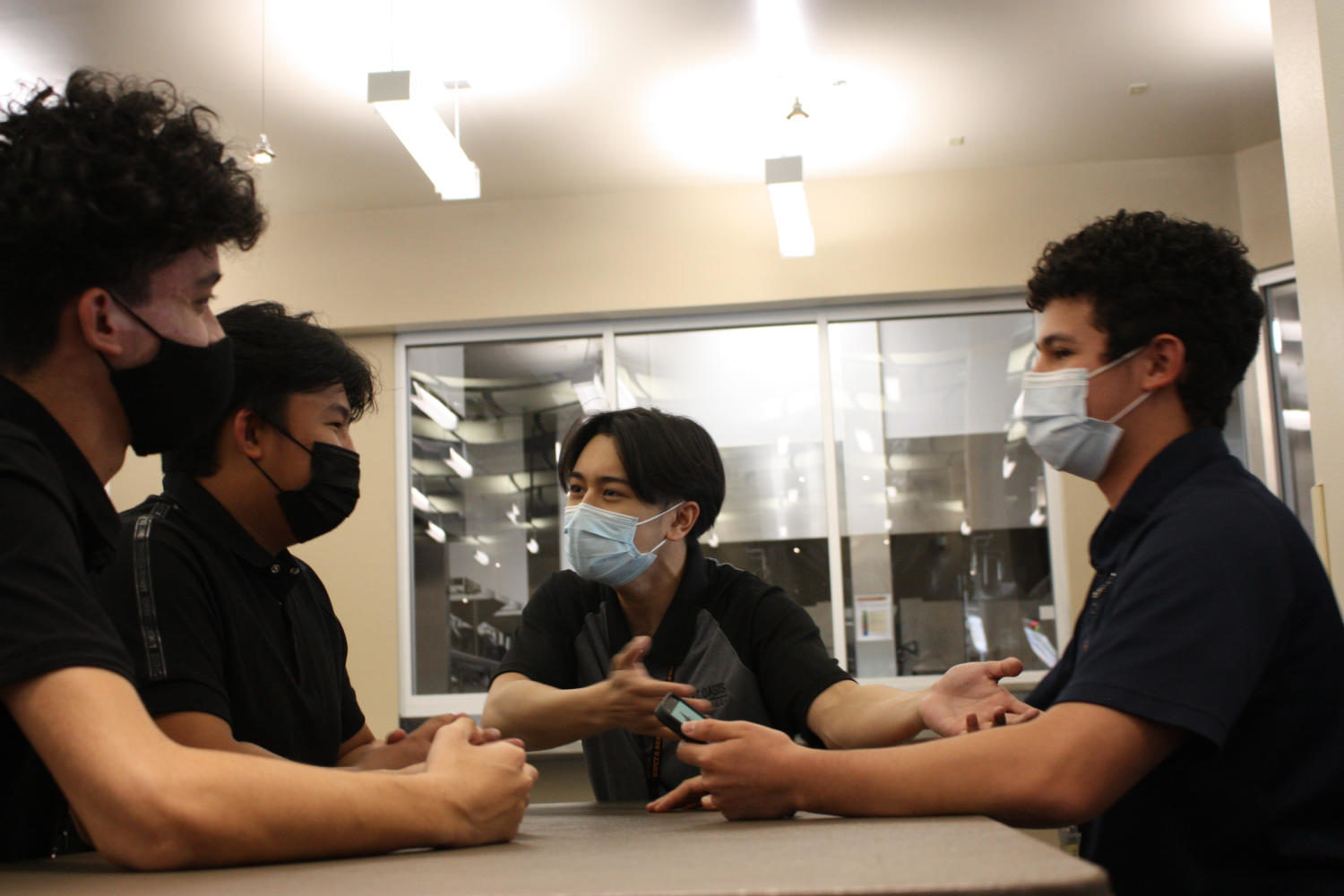


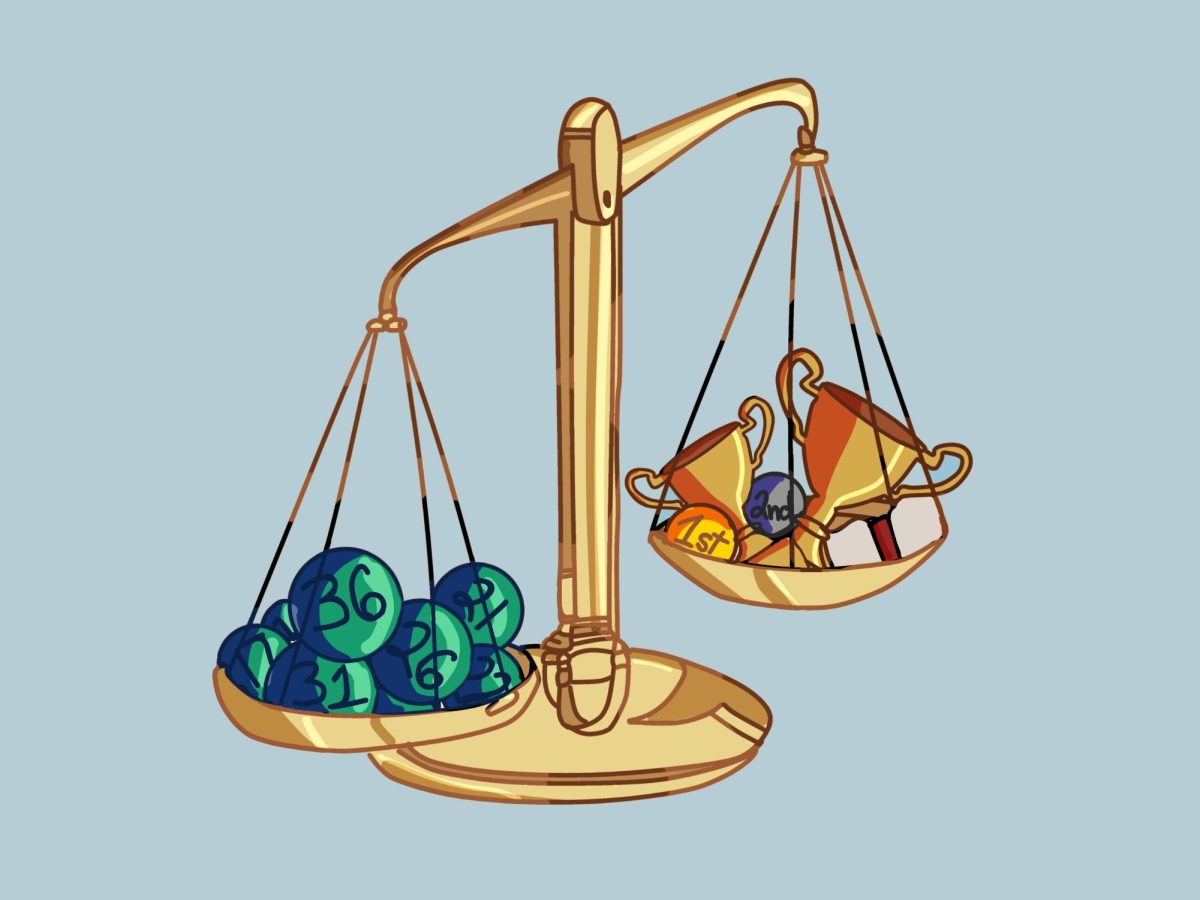
![Weighing her options, senior Allyana Abao decides between going on a practice drive or calling an Uber. Though unlicensed, Abao has considered driving to be a significant milestone of teen independence despite alternatives that provide much easier solutions.
“You're able to be independent and not rely on others,” Abao said. “You're able to get a job, get things that you need, go places you need to go. I have so many places that I want to go to and I ask [my family] for so much. I want to be independent to where they know that I can do things on my own, so they know that they don't have to be there for me.”](https://southwestshadow.com/wp-content/uploads/2025/10/IMG_2922-1200x900.jpg)
![Looking at the board, former BSU secretary Christina Altaye begins to prepare for BSU’s second year of Club Feud. This year, “Are You Smarter Than a Ninth Grader?” will be replacing this event. “I think it’s a fun change [to Club Feud],” BSU Activities Director Hellen Beyene said. “[I think] it’s always fun to do something new and different.”](https://southwestshadow.com/wp-content/uploads/2025/10/Screenshot-2025-09-29-11.06.43.png)
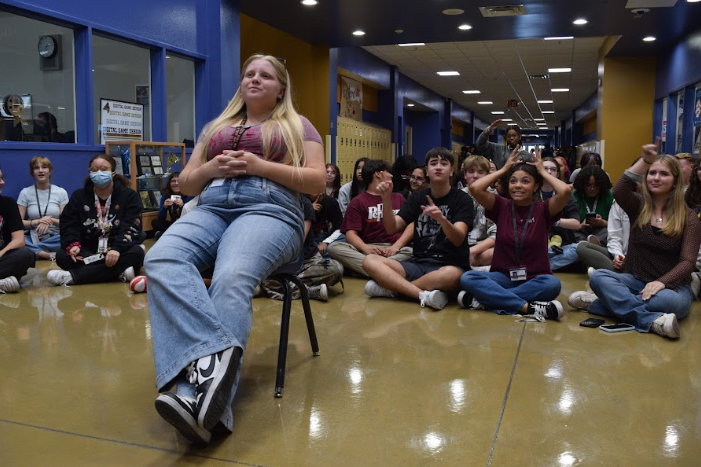
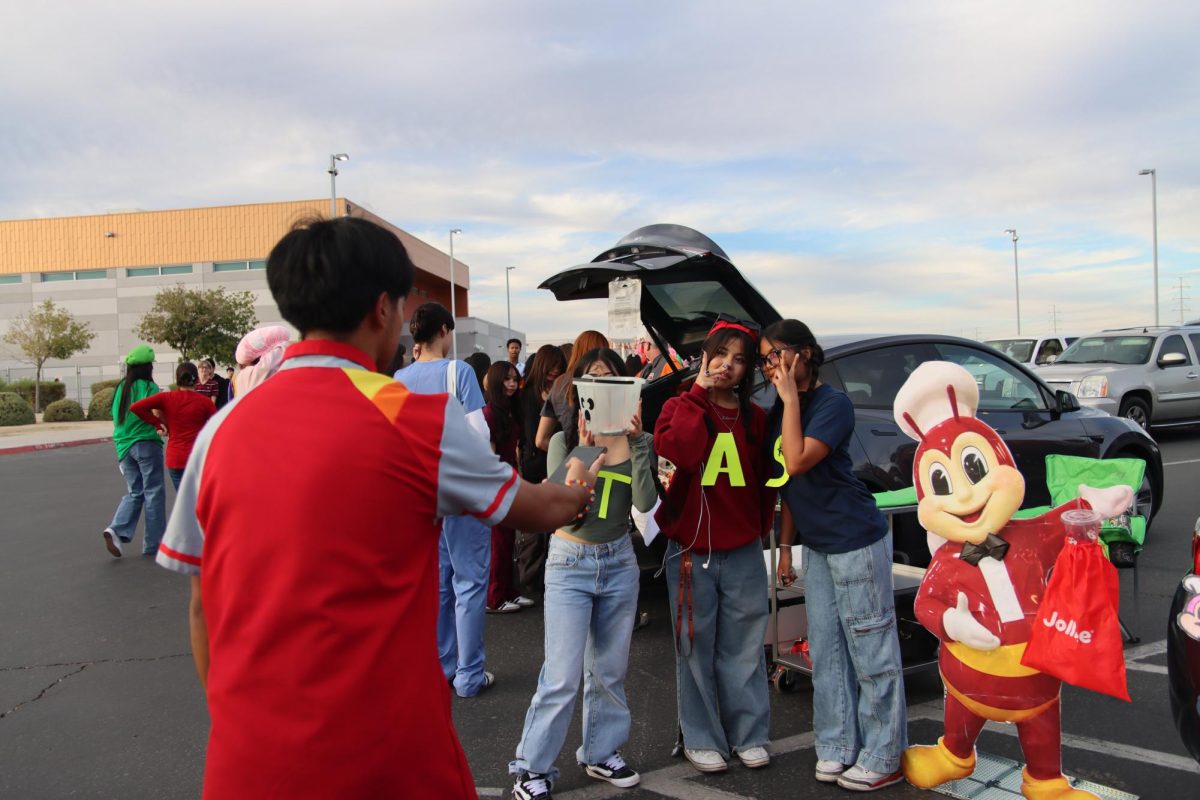
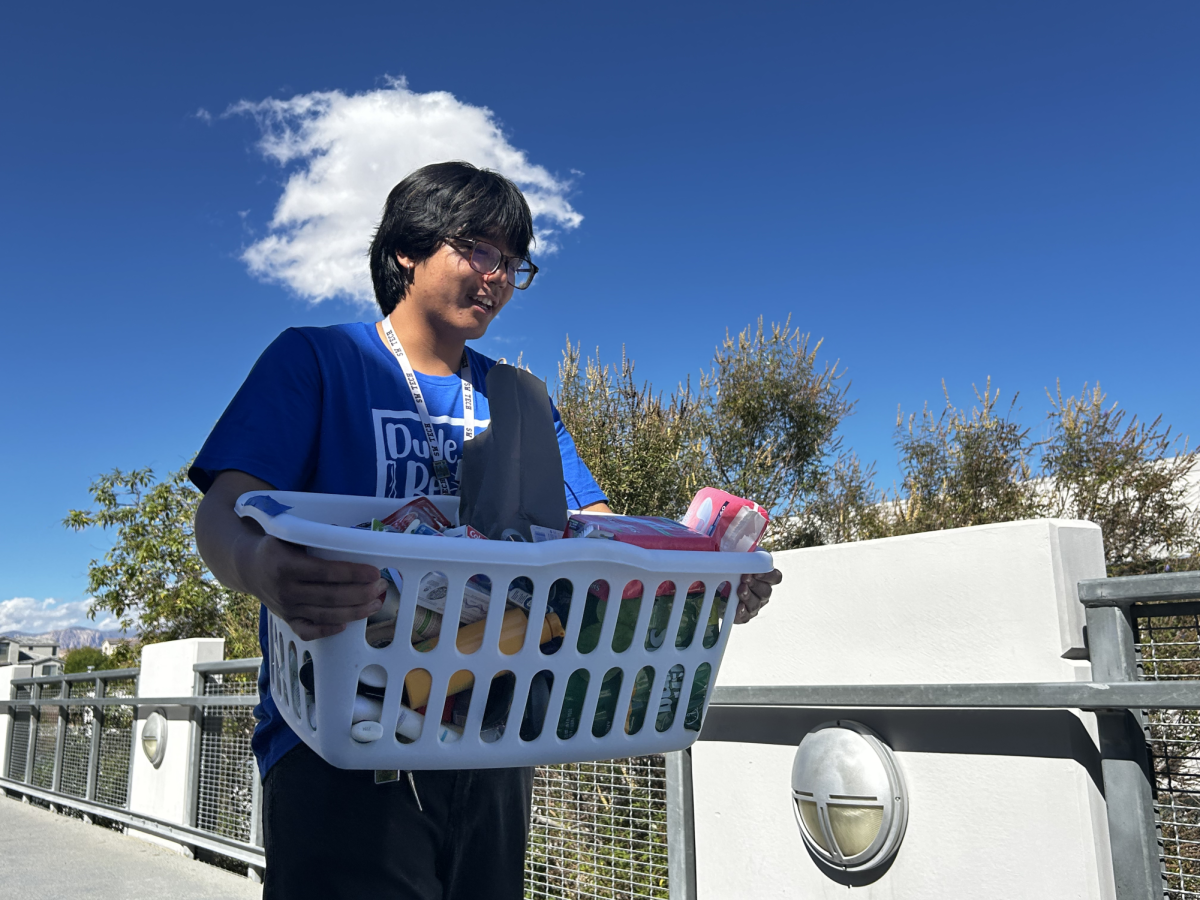
![Displaying a QR code for students to scan, the flyer allows students to sign up and learn about their desired colleges as they visit throughout the school year. Many schools have had additional presentations for students to learn more about what they offer. “For me, I’m interested in criminal justice,” junior Zion Jefferson said. “I know that UNLV and Nevada State University have this major. But, [the college fair] is going to be beneficial, so I can see what other schools offer as well.”](https://southwestshadow.com/wp-content/uploads/2025/10/IMG_2721-1200x900.jpg)
![Working in the Student Success Office, Attendance Secretary Lordis Depiazza inputs a student’s absence excuse note. Students are required to bring an excuse note to the attendance office within three days of any absence. “Reminding students that being in school is important because it reflects towards your grades and being able to do any activities with the school,” Depiazza said. “[It] seems to get the students' attention about wanting to be in school.”](https://southwestshadow.com/wp-content/uploads/2025/10/IMG_8313-1200x800.jpg)
![Arranging the fabric on the floor for a new project, senior Sapphyre-Ann Leung plans out her attire for the next deadline. With the recent closures, students now had limited resources and less margin for error with the fabric and materials they had in stock while trying to reach strict deadlines. “Joann’s had a lot of high-end fabric for our fashion competitions,” Leung said. “We couldn’t just buy ten yards of fabric from Hobby Lobby or Walmart. Since [Joann Fabrics] is no longer open, we have to buy items online, which is way more expensive.”](https://southwestshadow.com/wp-content/uploads/2025/10/IMG_0038-1200x800.jpg)